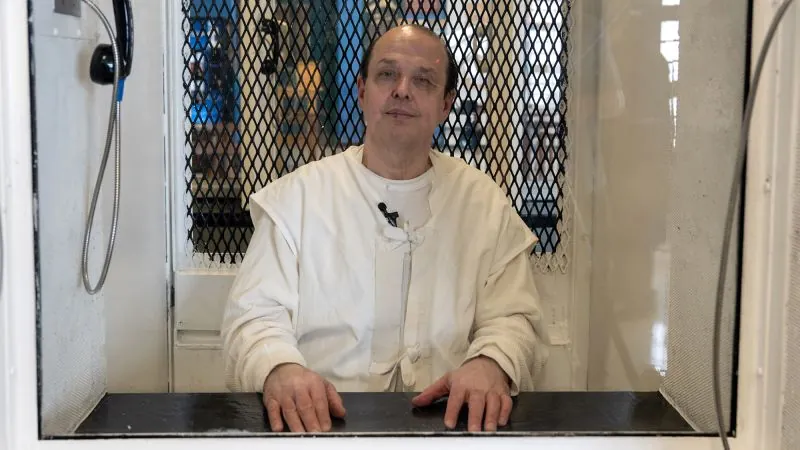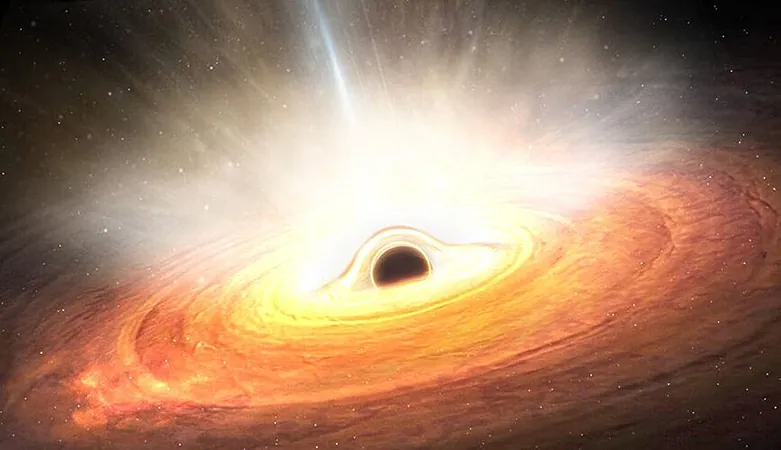
Groundbreaking Discovery: Scientists Capture Stunning Images of a New Quantum Phase in Electron Crystals!
2024-11-07
Author: Noah
In an electrifying breakthrough, a team of scientists has unveiled direct images of a newly discovered quantum phase—known as the Wigner molecular crystal—ushering in a new era of research in quantum physics. This pivotal moment comes nearly nine decades after physicist Eugene Wigner theorized that electrons could be frozen in a solid state at low temperatures, leading to the creation of what became known as electron ice.
In 2021, researchers led by Feng Wang and Michael Crommie at the Lawrence Berkeley National Laboratory made waves in the scientific community by providing conclusive evidence of the existence of these enigmatic Wigner crystals. Now, thanks to innovative imaging techniques, they have taken this discovery further by capturing the intricate structure of the Wigner molecular crystal itself, as detailed in their recent publication in the prestigious journal Science.
While previous electron crystals displayed a honeycomb configuration, the Wigner molecular crystals boast a sophisticated arrangement composed of two or more "molecules" formed by electrons. Wang expressed his excitement, stating, "We are the first to directly observe this new quantum phase, which was quite unexpected. It opens up a whole new chapter in our understanding of electron behavior."
For years, researchers battled the formidable challenge of visualizing these delicate structures due to the damaging effects of scanning tunneling microscope (STM) tips on electron configurations. However, the team ingeniously minimized the electric field generated by the STM tip, allowing for the observation of the fragile electronic frameworks within these structures without disruption.
In their groundbreaking study, the scientists fashioned a nanomaterial known as a "twisted tungsten disulfide (tWS2) moiré superlattice." This was achieved by layering an atomically thin bilayer of tungsten disulfide atop a 49-nanometer-thick layer of hexagonal boron nitride (hBN), all supported by a graphite back gate, with the WS2 layers twisted at a precise 58-degree angle.
Remarkably, when electrons were introduced to the tWS2 moiré superlattice, they filled each 10-nanometer-wide unit cell with just two or three electrons, forming a cohesive array of moiré electron molecules throughout the superlattice and culminating in the formation of the Wigner molecular crystal.
"At low temperatures, coupled with the specific energy landscape provided by the tWS2 moiré superlattice, the electrons are effectively confined," Wang noted. "The interplay of quantum mechanics and electron interactions drives the electrons into these unique Wigner molecule states."
As this exciting research progresses, Wang, Crommie, and their team are poised to utilize their novel STM technique to delve deeper into this newfound quantum phase and explore its potential applications. Many experts speculate that the implications of this discovery could ripple across various fields, including quantum computing, materials science, and nanotechnology.
Stay tuned as this dynamic research team continues to unlock the secrets of electron behavior, paving the way for groundbreaking technological advancements!









 Brasil (PT)
Brasil (PT)
 Canada (EN)
Canada (EN)
 Chile (ES)
Chile (ES)
 España (ES)
España (ES)
 France (FR)
France (FR)
 Hong Kong (EN)
Hong Kong (EN)
 Italia (IT)
Italia (IT)
 日本 (JA)
日本 (JA)
 Magyarország (HU)
Magyarország (HU)
 Norge (NO)
Norge (NO)
 Polska (PL)
Polska (PL)
 Schweiz (DE)
Schweiz (DE)
 Singapore (EN)
Singapore (EN)
 Sverige (SV)
Sverige (SV)
 Suomi (FI)
Suomi (FI)
 Türkiye (TR)
Türkiye (TR)